Do you ever wonder how long does it take to make a dress? Have you ever considered the time, effort, and creativity that goes into creating even the simplest of garments?
This article will explore all aspects of this complex process and provide an overview for those who are curious about what it takes to create a beautiful dress.
So how long does it take to make a dress? While it varies depending on the complexity of the project and level of detail desired by the designer or customer, many factors determine the amount of time required before it can be worn with pride.
Let’s dive deeper into each aspect so we can get a better understanding of why creating a stunning piece of clothing isn’t always a quick endeavor!
Different Types Of Dresses
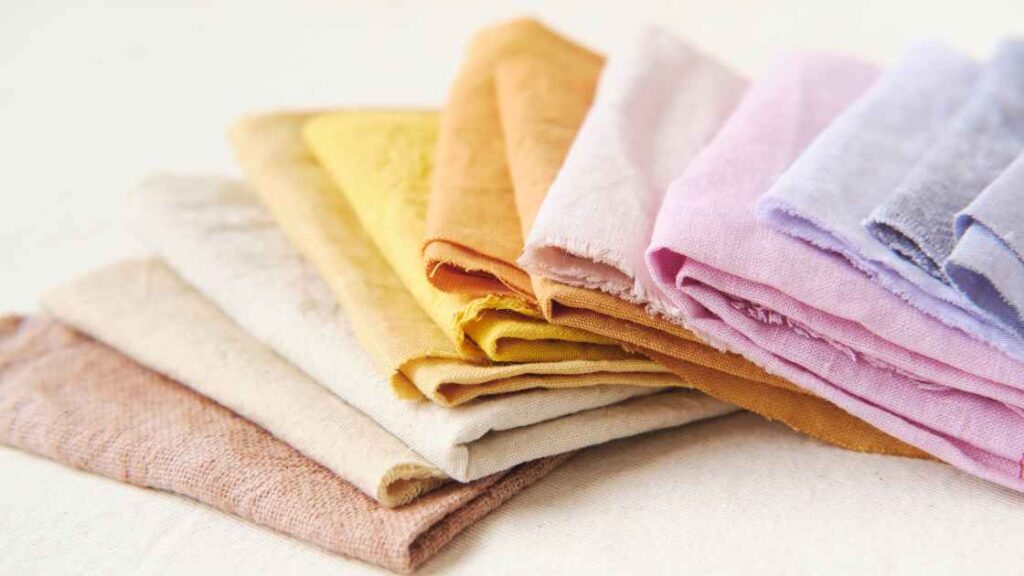
Moving on, let’s look at the different types of dresses out there. There are a variety of styles and levels of complexity when it comes to making a dress. The simplest garments require just cutting and sewing fabric together while more complex ones involve intricate patterns or details like lace or beading.
Depending on the type, it can take anywhere from several hours to days or weeks to complete a garment.T-shirts and pants take fewer steps to make than couture outfits, which may take dozens.
A simple day dress may merely require straight cuts with hems finished on seams, but an evening gown may require boning, lining fabrics, hand stitching delicate decorations, etc. So, each item’s style and level of detail determine its completion time.
Measurements Needed
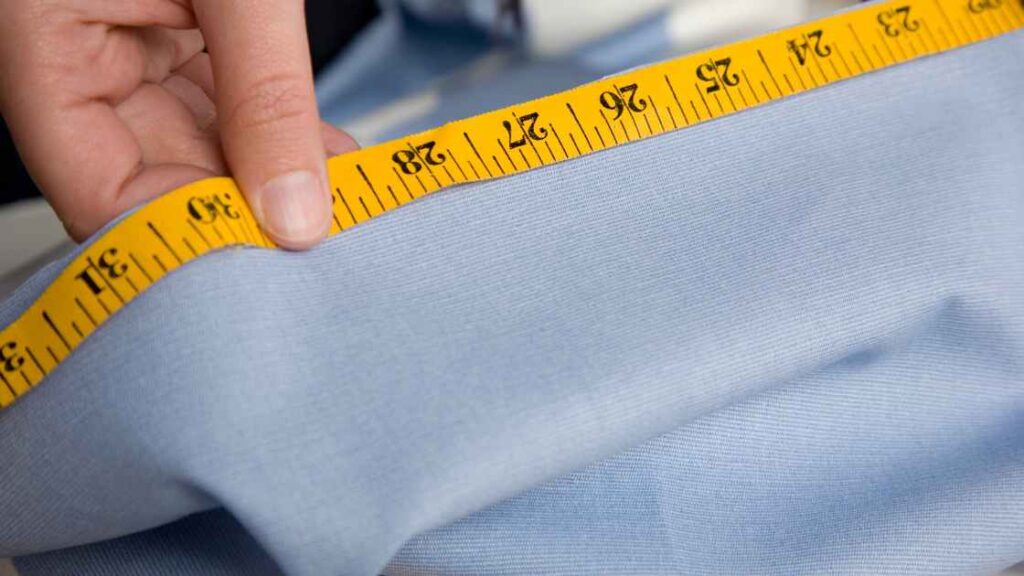
When making a dress, it’s important to take accurate measurements. This helps ensure the dress will fit properly when finished. The most commonly needed measurements include bust, waist, and hips. It is also helpful to measure around the shoulders and upper arm in order to determine sleeve length. Once these measurements have been taken, the fabric can be cut accordingly.
Related Post: How to get Transmission Fluid out of clothes?
The next step is to sew all of the pieces together. Depending on how complicated the design is and what type of fabric was chosen, this process could take several hours or even days. Additionally, any decorative elements such as buttons or lace must be added at this stage if desired.
Once all of the seams are sewn up and any decorations have been applied, the final touches need to be made. Hems may need to be adjusted for height, darts may need to be pinned into place, and linings might need to be attached before trying on the garment for a fitting. With all these steps complete, your new dress should be ready!
Sewing Pattern Selection
Choosing the right sewing pattern is an essential part of making a dress. It will determine the shape, fit, and overall look of the dress that you create. Before selecting a pattern, it’s important to consider your skill level as well as how much time you can dedicate to constructing the garment.
If you are just starting out with sewing or have limited time for construction, then opt for an easier pattern with fewer pieces and details. On the other hand, if you have more experience in sewing and ample time available, then choose a more advanced pattern with multiple pieces and intricate details.
Material And Notions Requirements
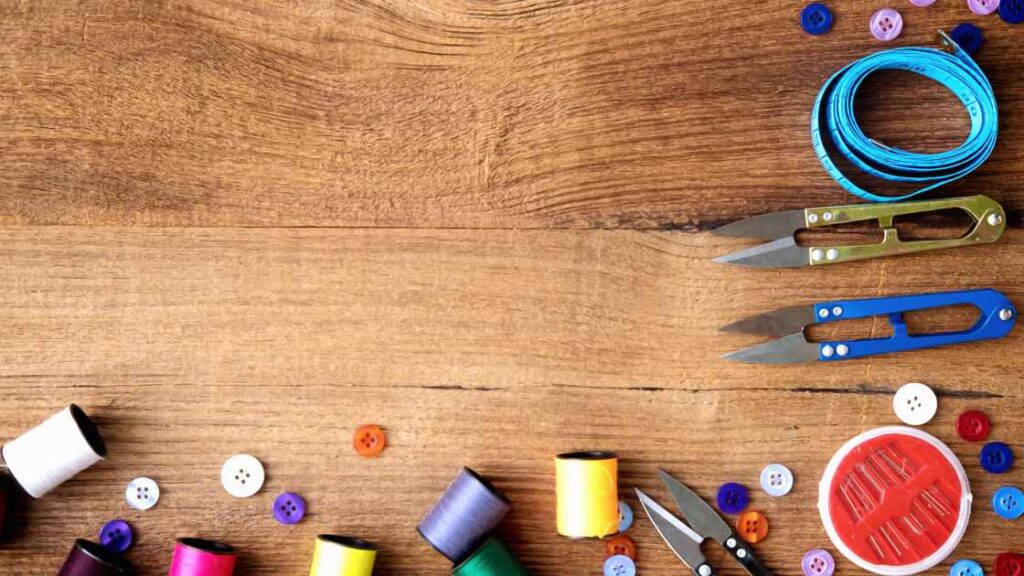
The materials and notions required to make a dress vary based on the style, complexity of design, and fabric used. Generally speaking, for a basic dress you’ll need about 2-3 yards of fabric (depending on size), matching thread, scissors or rotary cutter, measuring tape, tracing paper or pattern paper with markings from your measurements, pins and marking pen/pencils.
Also Read: Is Nylon Stretchy? Learn Everything about Nylon !
Notions refer to all the other items necessary in making a garment besides the fabric itself; these include zippers or buttons/buttonholes if applicable; hook & eyes; trims like lace or piping; elastic where needed; snaps etc.
With all materials gathered together and ready to go, creating a finished garment should take between 3-5 hours depending on skill level and complexity of project.
Cutting The Fabric
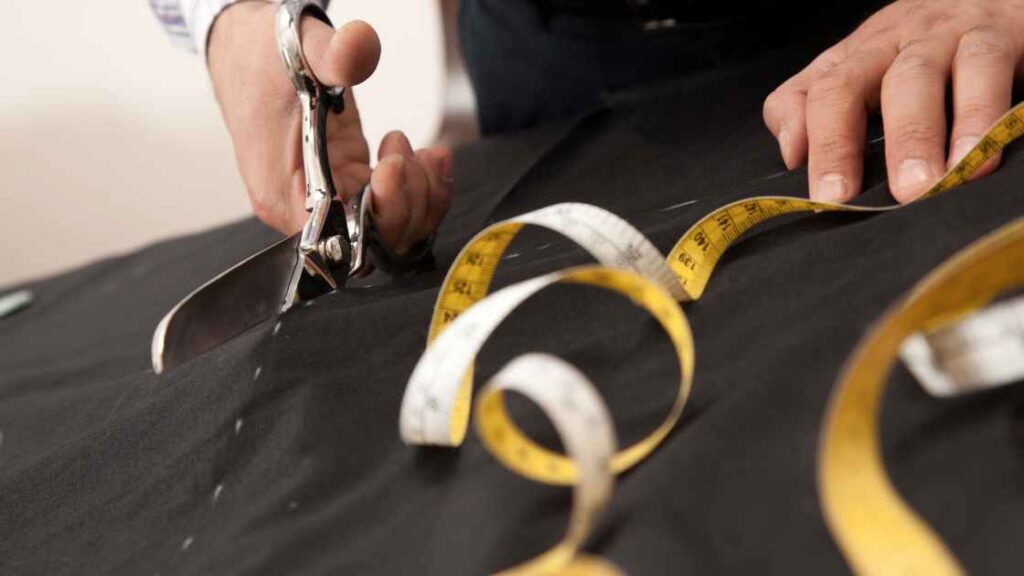
Once you have gathered all the material and notions needed for your dress, it’s time to move on to cutting the fabric. This is a crucial step that’ll determine how well your dress fits, so take care and accuracy in this part of the process.
The first thing you need to do before cutting is measure out the pattern pieces according to your measurements and size specifications.
When everything is ready, begin by cutting out one piece at a time until all of them are done. Depending on complexity, this can be a lengthy process but it’s important not to rush if you want accurate results. After every single piece has been cut, go over each one again just to make sure there were no mistakes made along the way.
Also Read: How to wash Sublimation Shirts?
Now that you have successfully cut out all the necessary pieces for your dress, let’s move on to sewing those pieces together into something beautiful!
Assembling The Pieces
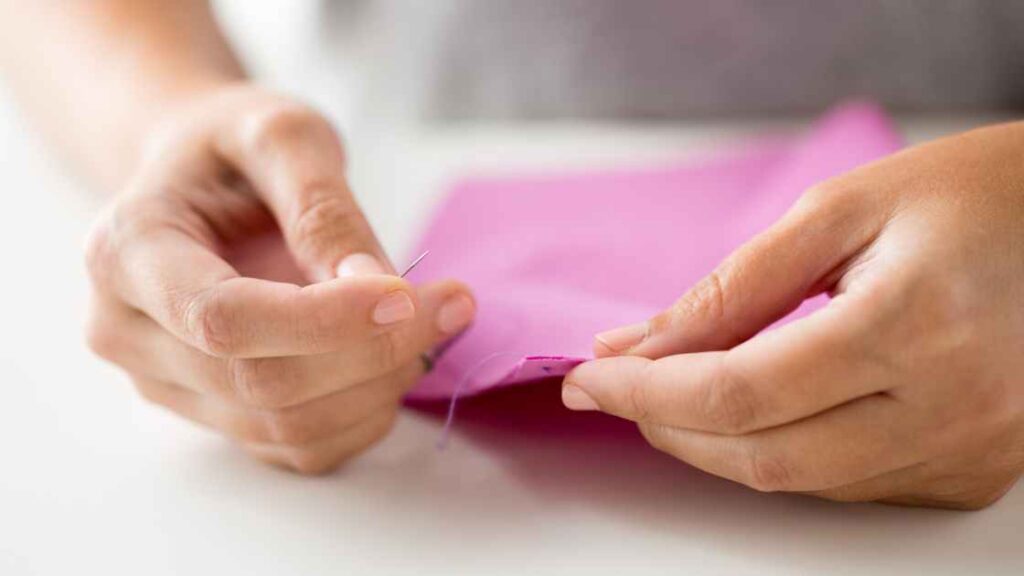
Once all the pieces of fabric have been cut, it’s time to assemble them. Depending on the complexity of the dress design and how experienced you are as a seamstress, this can take anywhere from several hours up to an entire day.
The first step is attaching any linings or interfacing that may be required; these provide structure and stability for your garment. Then comes sewing together each individual piece in the order they will appear on the finished product – sleeves, side seams, collars, etc. If there are buttons or zippers involved, those should be added next.
Finally, unless you’re making a sundress without straps or pockets, hemming is necessary for neatness and durability. Hemming involves securing fabric edges with stitches so that they don’t fray or unravel over time. It’s important not to skimp out here because poorly-made hems can ruin an otherwise beautiful dress!
Adding Embellishments And Lining
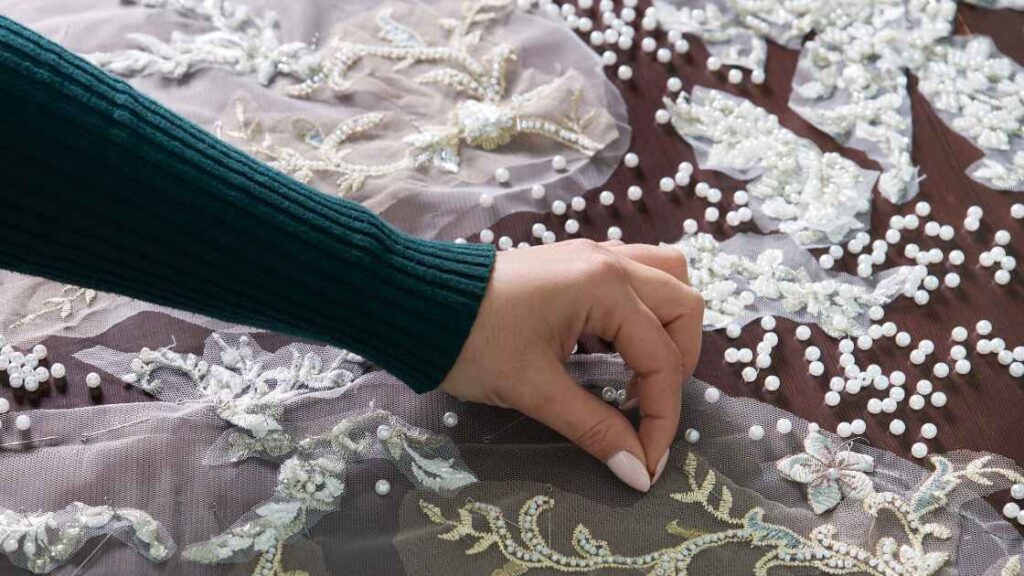
Once the dress is nearly complete, it’s time to add embellishments and lining. Embellishments can range from simple trims or appliques to heavier fabrics like beading or lace. Depending on how much detail you want in your dress, this could take anywhere from a few hours to several days.
It’s important to choose materials that complement each other – if you’re using more than one type of fabric, make sure they match in terms of color and texture!
You may also like: How to convert Hp printer to Sublimation printer?
Adding a lining is also an essential step when making a dress, as it gives the garment structure while protecting against wear and tear. Lining fabrics come in all shapes and sizes, so you’ll need to pick something that works well with the design of your dress.
Make sure the seam allowances are generous enough for neat stitching – any mistakes will show through the outer layers of fabric.
Sewing up these finishing touches takes patience and attention to detail; however, once done correctly, your dress will look polished and professional.
Finishing The Seams And Hems
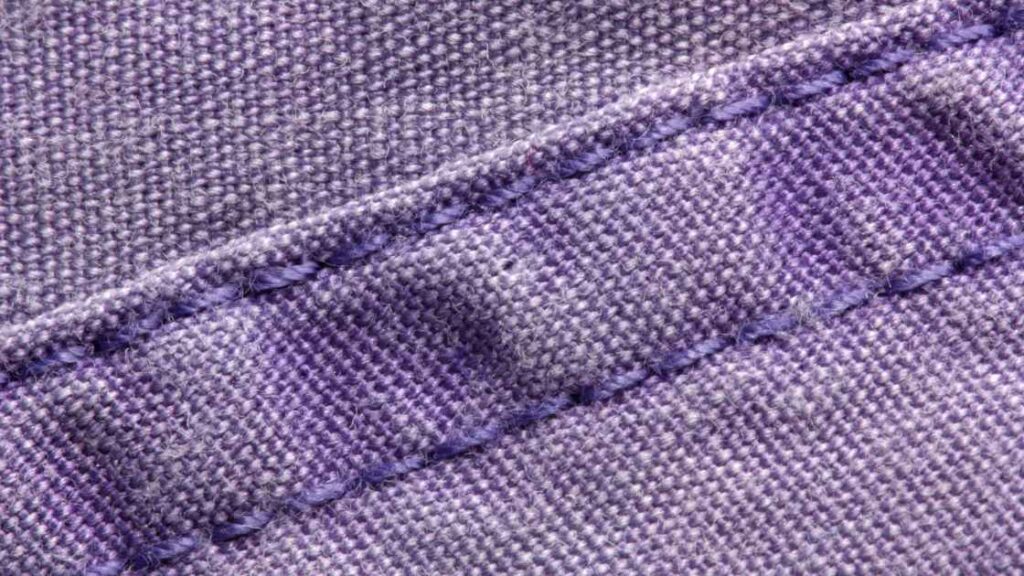
Now that the embellishments and lining have been added, it’s time to finish up the dress. The seams and hems can be completed in two steps. First, all of the pieces need to be sewn together at the appropriate seam allowance. This should take anywhere from one to three hours depending on how experienced you are with a sewing machine.
Next comes hemming the garment. Hemming is usually done by hand or using an overlocker so it tends to be quite slow going. It typically takes about four hours for average length skirts and dresses (not including any extra fabric needed for pleats, ruffles etc). If you’re adding a zipper, this could add another hour or two onto the total time required.
Once both of these tasks are complete your dress will be ready to wear!
Fitting And Alterations
Once the dress is constructed, it’s time for fittings and alterations. Usually, this process takes a few hours to complete. The tailor or seamstress will start by taking measurements over the bust, waist, hips and other areas of the body where adjustments need to be made.
Then they’ll adjust any hemlines or seams that are necessary to ensure a perfect fit. Finally, they’ll make sure all hooks and zippers are functioning correctly before sending off the finished garment. With proper care and attention, you can expect your custom-made dress to fit like a glove!
Applying Fastenings And Interfacing
Applying fastenings and interfacing isn’t a difficult process but sometimes takes more time than expected. It’s important to take your time with this step as it can make all the difference in the overall look of the finished dress.
The first thing you’ll need is thread, needles, fabric glue or fusible webbing for attaching patches, buttons and/or buckles, pins, scissors and an iron.
Related: DTF Vs Sublimation: Which is better?
Start by applying any patchwork pieces using either fabric glue or fusible webbing. Make sure that each piece has been placed where you want it on the garment before adhering it down firmly with a heated iron if necessary. Then move on to sewing on buttons, buckles and zippers onto their designated areas.
This will require some hand stitching which should be done neatly so that no loose threads are visible when viewed from the outside of the garment. Lastly, use safety pins to temporarily hold together seams until they have been sewn properly into place.
This entire process usually takes about 45 minutes depending on how many details there are to add; however, taking your time ensures that nothing goes wrong once everything has been attached correctly.
Pressing The Garment For A Professional Look
Once the dress is fully sewn together, it’s time to press. This step can take some time and care depending on the fabric of the dress. If you’re working with a delicate fabric like silk or linen, you’ll need an iron that won’t damage the fibers — these fabrics often require very low heat settings. You also want to use steam as much as possible to keep your creases crisp and sharp.
Final Touches And Quality Control Checks
Once the dress has been constructed, there are several final touches that must be added to ensure its quality. The seams and hems should be checked for accuracy and strength; any excess fabric should be trimmed off. Buttons or zippers may need to be sewn on, while any embellishments such as lace, sequins, or trim will have to be hand-sewn onto the garment.
Time-Saving Tips For Dressmaking
Making a dress can take anywhere from several hours to multiple days, depending on the complexity of the design. To save time when dressmaking, consider using pre-made patterns and fabrics. Pre-made patterns come in a variety of sizes and shapes for different styles of dresses. They also include instructions that are easy to follow along with diagrams and photos for reference. By using pre-made patterns, you won’t waste valuable time making your own patterns or trying to figure out how to create them.
-Professional Dressmaking Services
So, if you’re looking for a quicker solution to creating the perfect dress, professional dressmaking services may be your best option. Offering experienced and specialized craftsmanship, they can create a unique and personalized garment tailored to your exact requirements in no time at all.
When done properly, working with professional dressmakers can save valuable time while ensuring a high-quality finish on every piece of clothing created.
Frequently Asked Questions
Q: How Much Does It Cost To Have A Dress Made?
When it comes to having a dress made, cost is one of the most important factors to consider. The amount you have to pay for a custom-made garment can vary greatly depending on the type and complexity of the design as well as the quality of materials used. If you’re looking for something simple and straightforward, then it won’t be too expensive; however, more elaborate designs with finer fabrics tend to come at a higher price tag.
Q: What Type Of Machine Is Used To Sew A Dress?
Sewing a dress requires a special machine. Knowing what type of machine to use is essential for creating garments that are durable and look professional. Depending on the fabric, style, and complexity of the garment, there may be different machines needed. The most common type of sewing machine used for making dresses is an industrial overlock or serger machine.
Q: How long does it take to sew a dress?
The design, seamstress, and materials determine how long it takes to sew a dress. A simple dress design may take a few hours to a day to finish. However, more detailed or embellished designs may take days or weeks to complete.
Q: How long does it take to get a dress made?
Depending on the dress and materials, making it can take time. Depending on the design and material availability, a custom-made dress can take weeks or months to produce. If you use a pattern or template to make a dress, the turnaround time may be faster.
Q: How to tighten waist of a dress?
Dress construction and kind determine how to tighten the waist. A belt or sash can slim the waist. Sewing or hand stitching the dress’s waistline seams is another alternative. Adjust the drawstring waist to tighten the dress. Next, if the dress includes waistband elastic, pull it tighter and re-sew it to the desired length.
Conclusion
Making a dress can be challenging, but it’s also an amazing accomplishment. It takes time and patience to get the job done right, but when you’re finished, you have something that is unique and beautiful.
The cost of having a dress made depends on the materials used and how much time it takes to complete the project. Sewing requires special skills; if you don’t know what you’re doing, it could take longer than expected.





